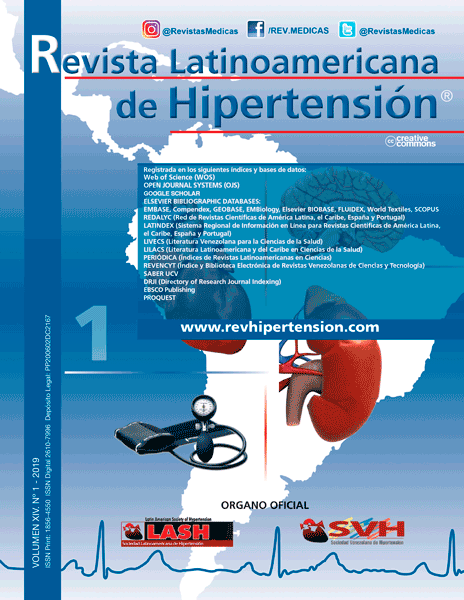Effective factors on outbreaks of food and water borne diseases in Iran: a trend analysis
Palabras clave:
Foodborne diseases, Outbreak, Surveillance system, Water borne diseasesResumen
Waterborne and foodborne diseasesare a major global publichealth concern. This study wasconducted to identify affecting factors on waterborneand food borne outbreaks and analyzing its trend in Iran.A descriptive cross-sectional study was carried out usingwaterborne and foodborne disease national surveillancesystem data from 2015-2016, which have been reportedby all provincial health centers to the Center for CommunicableDisease Control of the ministry of health. Collecteddata were analyzed using SPSS version 16 software. Atotal of 5, 500 water and food borne outbreaks reportedin Iran. Analyzed data showed that the outbreak rate was4.14/100000 in 2015 to 2.7/100000 population in 2016in Iran. According to laboratory results, the most frequentmicrobial pathogens which were sources of outbreaks includedEscherichia Coli, Shigella, Entamoeba Histolytica,Salmonella, Hepatitis A virus and Vibrio NAG (Non AgglutinatingGroups). The highest frequency of outbreak occurredin rural areas (56.1%). The most commonly reportedsymptoms were abdominal pain, vomiting and diarrhea.Qazvin, Zanjan and Kermanshah were three provincesthat reported more outbreaks than nationally outbreakincidence rate during 2015 -2016. Trend analysis of reportedWaterborne and foodborne diseases in Iran showeda seasonal pattern, particularly increased in autumn. Occurrenceof this outbreaks in many provinces with higherincidence need to root cause analysis and interventionssubsequently. These interventions should be carried outboth at the level of health policy-makers to set appropriate,evidence-based priorities in the area of water and foodsafety and at the community level. Using syndromic surveillancedata for outbreak detection, active case-finding,timely diagnosis, accurate treatment, patients monitoringalong with public health education are highly recommended.Rational use and prescription of drugs inhibits antibioticresistance and can reduce the cost of therapeutic ofthese diseases.Descargas
Los datos de descargas todavía no están disponibles.

